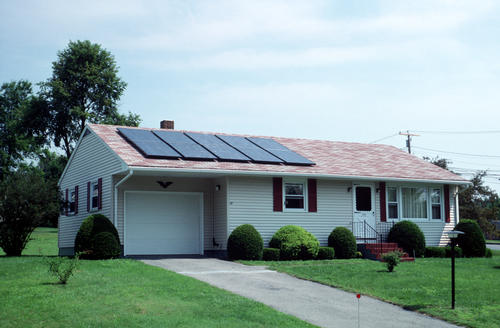Twenty states now allow cities and counties to finance energy efficiency retrofits and on-site renewable energy generation and repay the loan with a property tax assessment. Five municipalities launched Property Assessed Clean Energy (PACE) programs in the past two years and these programs have spent $37.5 million to help enable close to 2,000 voluntary residential retrofits.
Although still young and evolving, the existing PACE programs identify stumbling blocks and offer valuable lessons about program design and implementation. This ILSR Policy Brief, based on an analysis of existing programs, identifies important issues that have surfaced and comments on possible strategies for addressing them.
Download Municipal Energy Financing: Lessons Learned
Among the issues identified are:
- How to offer greater access to homeowners with lower incomes or lower credit ratings while maintaining the financial integrity of the program and gaining a bond rating that allows for low cost municipal financing.
- How to lower the administrative costs and interests rates through aggregation.
- How to resolve lien issues with lenders.
- How to maximize energy efficiency investments.
The strategies these pioneering PACE programs have begun to elaborate to address these issues include:
- Lending guidelines require participants to have a good property tax payment history and a mortgage less than the assessed property value. Energy savings frequently outweigh loan costs.
- Aggregating programs at the county or state level to reduce administrative costs.
- Ensuring through legal reviews that the PACE program complies with all laws and developing lending guidelines that include energy savings in debt-to-income calculations, or require permission from the mortgage holder for property liens.
- Setting minimum requirements for energy efficiency before proceeding with on-site renewable energy. requirements for participation.
Ultimately, using municipal financing can make the city or county a hub in a comprehensive community-wide energy self-reliance program.



